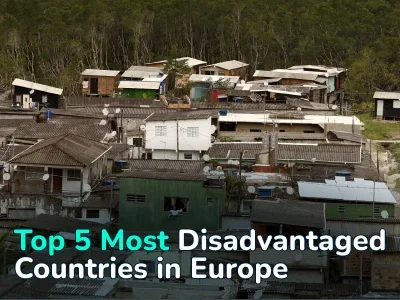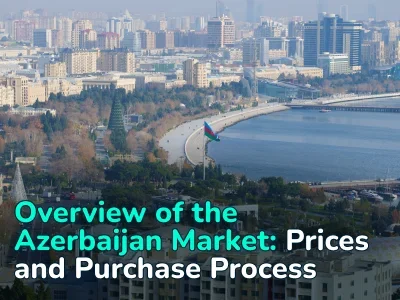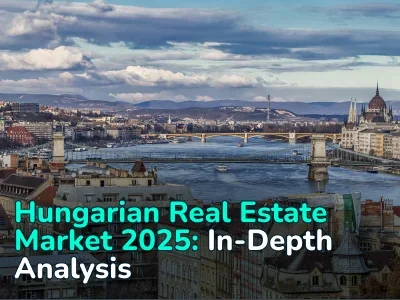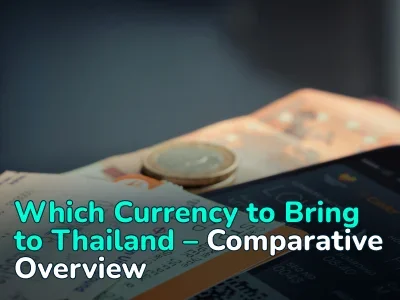
$22 Billion in Debts to China: How the “The Belt and Road” Initiative Affects the 75 Poorest Countries
On May 27, 2025, the Australian think tank Lowy Institute published a report on China’s lending practices. The study highlights that 75 of the world’s poorest countries are soon to face record debt repayments to China, stemming from loans issued under the Belt and Road Initiative (BRI).
The report stresses that these repayments are placing severe strain on the budgets of vulnerable nations, forcing them to cut funding for healthcare, education, and climate initiatives. Western media quickly picked up the story, dubbing it a “debt tsunami” — a phrase that underscores concerns over China’s growing geopolitical influence.
But is Beijing truly the main culprit behind this debt crisis, or is it just one part of a more complex global picture? Let’s break down the numbers and the controversy behind them.
The Core of the Issue
The report is comprehensive, employing diverse research methodologies. Analysts examined public debt records of borrower nations, media reports, government and parliamentary documents, procurement notices, and even leaked agreements. Based on this wide range of data sources, the report outlines several key findings:
- Record repayments. The $22 billion due represents an unprecedented burden for low-income countries, pushing them to reallocate budgets away from essential services. Many nations in Africa and Southeast Asia are already experiencing funding shortfalls for basic social programs.
- Link to BRI projects. Most of the debt is tied to Belt and Road infrastructure projects, such as the Budapest—Belgrade railway and energy developments in Laos. In 2016 alone, China extended over $50 billion in bilateral loans, surpassing the combined lending of all Western creditors.
- Geopolitical implications. Media outlets point to China’s lending as a form of “political leverage.” For example, Solomon Islands, Honduras, and Nicaragua recognized Taiwan as part of China shortly after receiving Chinese loans.
- The Laos case study. The Lowy Institute specifically highlights Laos, where Chinese-financed overinvestment in the energy sector triggered a debt crisis. Laos’ debt to China constitutes a significant portion of its GDP, limiting its economic sovereignty.
These findings portray China as a predatory lender, allegedly trapping vulnerable nations in a cycle of dependency. Once ensnared, these countries are thought to comply with Beijing’s directives at the cost of their sovereignty. However, behind the sensational headlines lies a far more nuanced reality that requires critical examination.
Is China Really a Debt Overlord?
The term “debt trap” gained traction primarily through Western media during the onset of the U.S.—China trade war under President Trump’s first administration. At that time, the Belt and Road Initiative (BRI) was increasingly viewed as a tool of economic coercion, not just in Africa, but across Europe, prompting a wave of pushback.
However, the idea of Chinese “debt traps” is often overstated. A 2019 study by the Rhodium Group indicates that China frequently offers debt relief and restructuring in favor of borrower nations. Between 2000 and 2019, China wrote off $3.4 billion in loans to African countries and refinanced an additional $15 billion. Ethiopia and Zambia, for example, received payment deferrals. This evidence challenges the prevailing narrative that China deliberately imposes unsustainable debt burdens.
More broadly, debt stress is not an issue caused solely by China. The global spike in interest rates following the pandemic, along with geopolitical instability, has raised borrowing costs for all developing economies. Meanwhile, Western lenders have scaled back their loan programs, leaving countries with fewer financing alternatives. Even without China, many of these nations would still face a debt crisis.
China tends to finance resource-rich countries, offering repayment options that involve natural resources. Many of the poorest countries mentioned in the Lowy Institute report possess significant reserves of raw materials. Chinese loans are often aimed at developing these resources — a long-term strategy Western creditors generally avoid, as they prefer short-term, lower-risk returns.
Nonetheless, criticism of China is not entirely unfounded. A major concern is the opacity of its BRI lending. The lack of transparency creates space for speculation. AidData, for example, estimates that countries owe China around $385 billion in “hidden debt.” Such large financial obligations often require borrowers to surrender valuable assets. The frequently cited case is Sri Lanka, where the government, unable to meet debt payments, leased the Hambantota port to China for 99 years.
Conclusion
Western media outlets such as The Guardian and Reuters quickly portray China as a predatory lender. However, this image largely serves as a tool of geopolitical competition. China is steadily expanding its influence in Africa, Southeast Asia, and particularly Oceania — for instance, in the Solomon Islands — drawing these regions away from the traditional spheres of influence held by Europe, the United States, and Australia.
The debt crisis in the world’s poorest countries is driven not solely — or even primarily — by China, but by global factors such as economic warfare and geopolitical instability. The Belt and Road Initiative has delivered roads, ports, and hospitals to many nations — but more importantly, it has helped develop extractive industries and created opportunities for local populations to receive training in high-skilled professions.
That said, the risks of debt dependency cannot be ignored. China possesses significant leverage, which can be used to exert influence, as economic power is the backbone of political strategy. Whether or not the Chinese government chooses to use this leverage, and how, is a question that can only be answered over time. What is clear, however, is that demonization and media-fueled hysteria are not a productive response.
Author
I write informative articles about real estate, investments, job opportunities, taxes, etc.
























